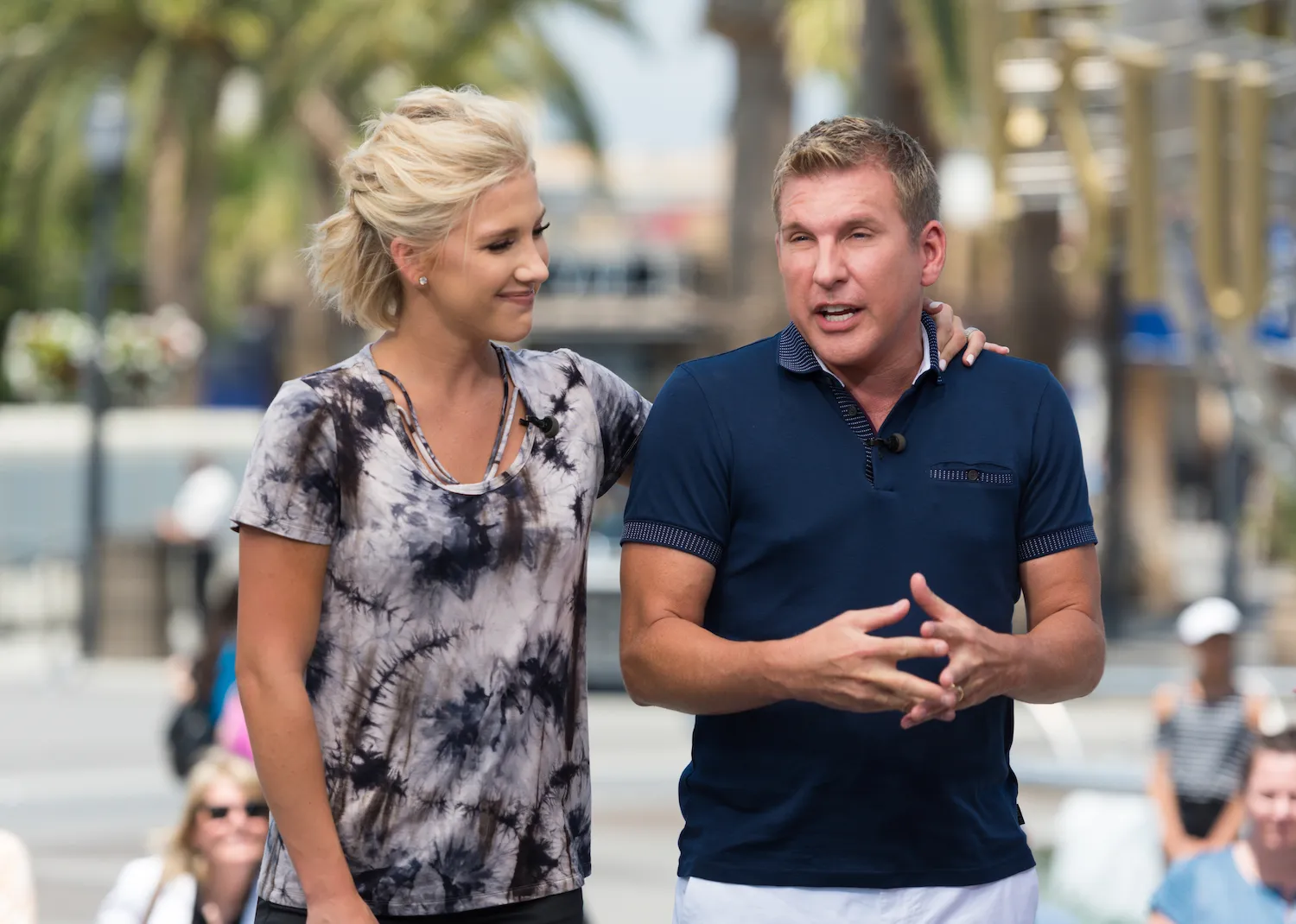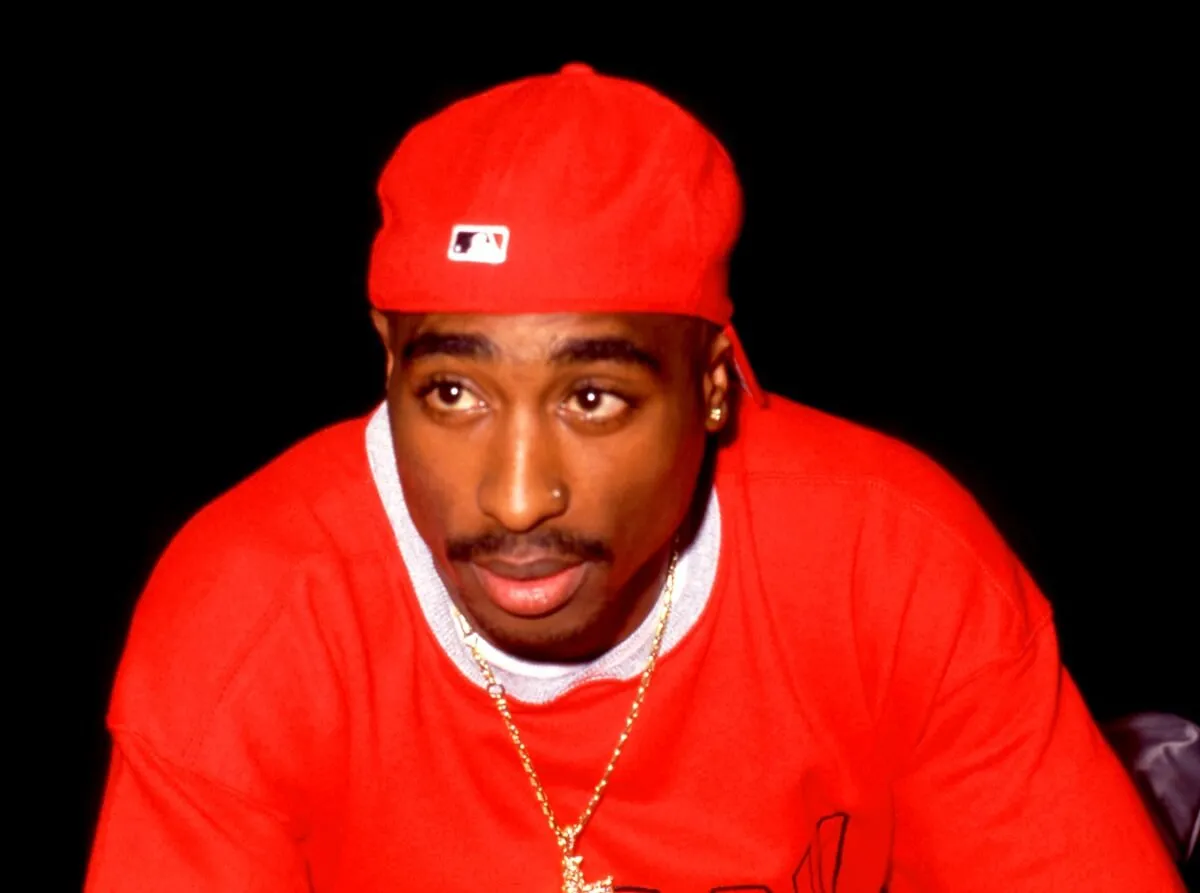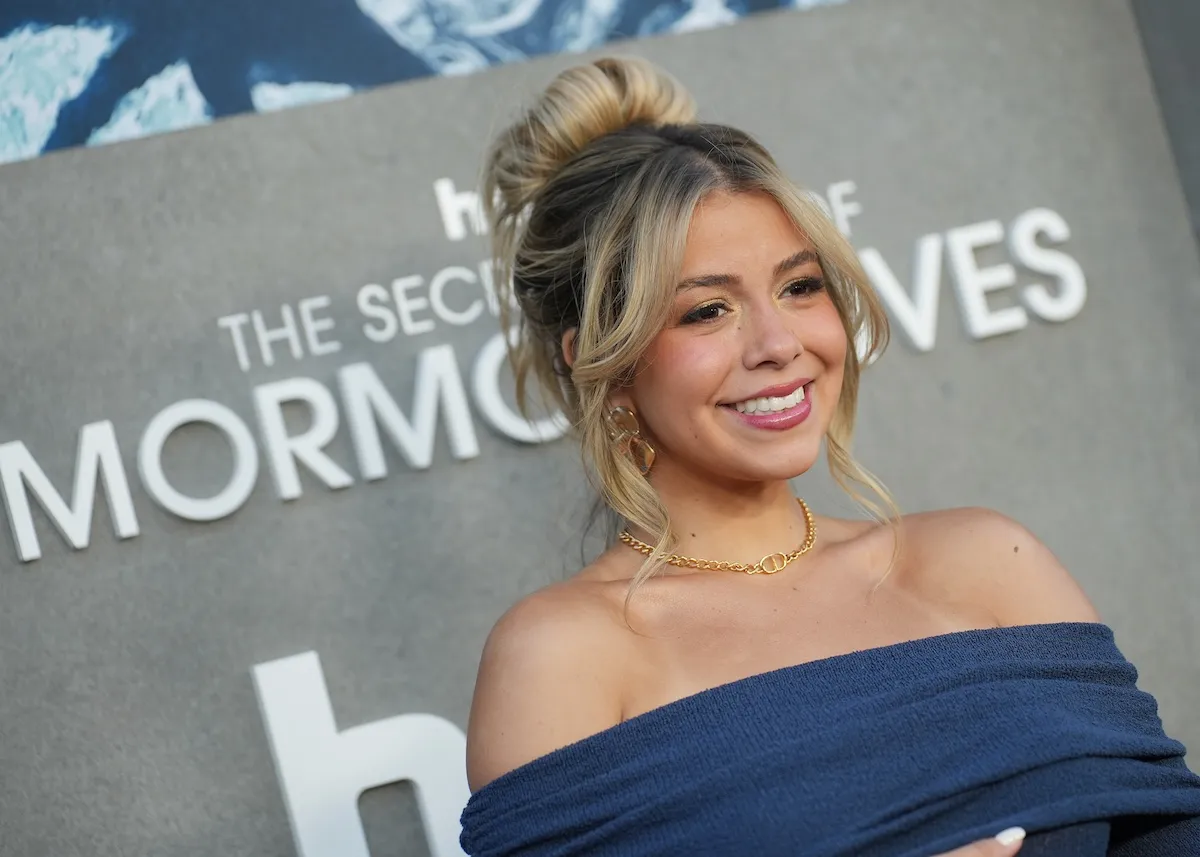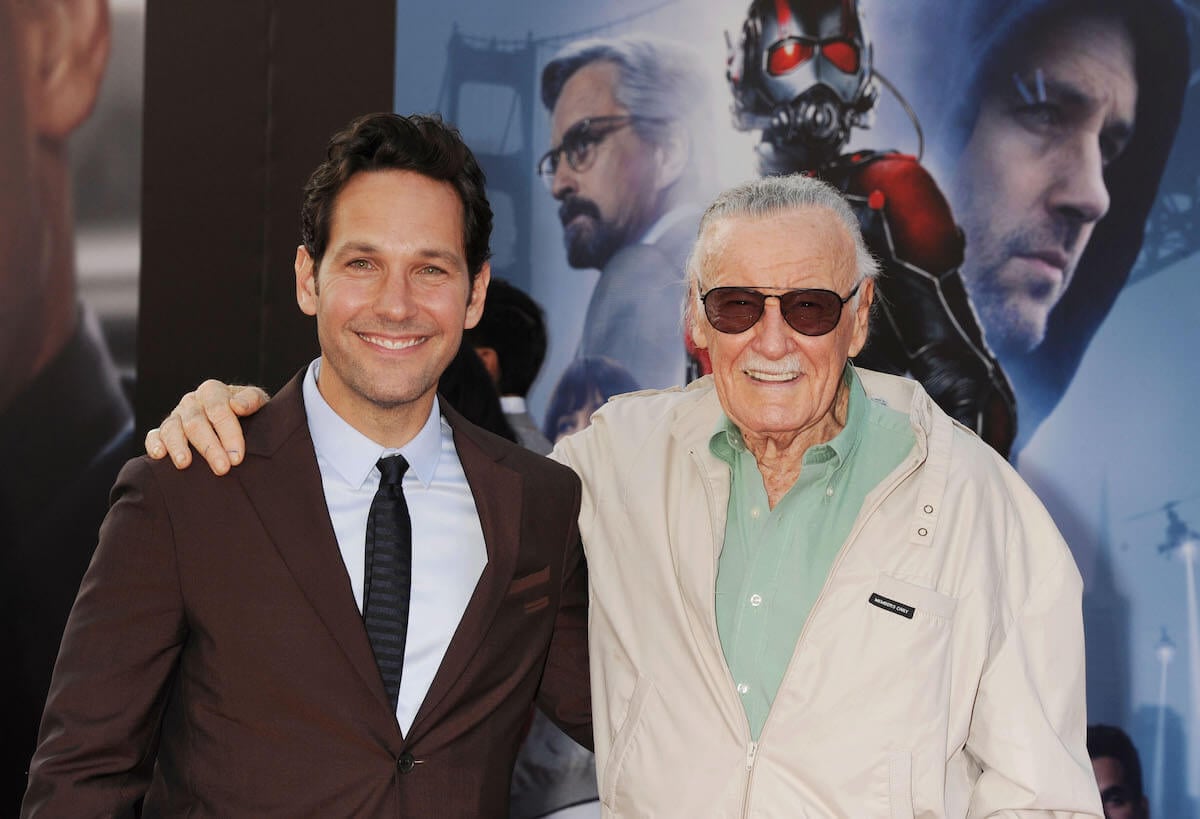
What Stan Lee Told Paul Rudd When He Joined the Marvel Cinematic Universe
It’s hard to overstate Stan Lee’s impact on pop culture. The comic book writer helped to expand the types of stories told in this format. As the Marvel Cinematic Universe kicked into gear, he regularly made cameos in the movies and TV shows until his death in 2018.
His career in the comics largely defined Lee’s life. When Paul Rudd met with him after the actor was cast as Ant-Man, Lee explained why he was so excited to see this character on the big screen.
Stan Lee’s cameos were a pleasant easter egg for Marvel fans
Working with fellow writers and artists Jack Kirby and Steve Ditko, Lee ushered in a new type of superhero that combined extraordinary abilities with relatable human flaws that made for memorable storylines.
Lee retired from Marvel in the 1990s. His legacy was so substantive that the company continued to find ways to honor his influence.
He began making cameos in comic adaptations well before the phrase Marvel Cinematic Universe (MCU) entered Kevin Feige’s mind. His first appearance was as a wordless jury member in the 1989 made-for-TV movie The Trial of the Incredible Hulk. It became a regular occurrence to see him in movies after the comic book movie boom began at the start of the century, starting with the X-Men film in 2000.
Lee made a cameo in the first Iron Man and made more appearances in every MCU movie until Avengers: Endgame. (Marvel has a complete list of Lee’s cameos on its website.)
In addition to these easy acting jobs, Lee received an executive producer credit on all MCU projects, making him the highest-grossing person in film history.
He told Rudd how Ant-Man could benefit from being adapted into a movie
It’s common to see writers become overprotective of their work when Hollywood comes in to adapt it into a show or movie. Instead of falling into that trope, Lee saw the possibility of telling a character’s story in a new way that fans could also enjoy.
Paul Rudd recounted one such example during a GQ video where he discussed his most iconic characters. (The Ant-Man segment starts at the 23:50 mark.)
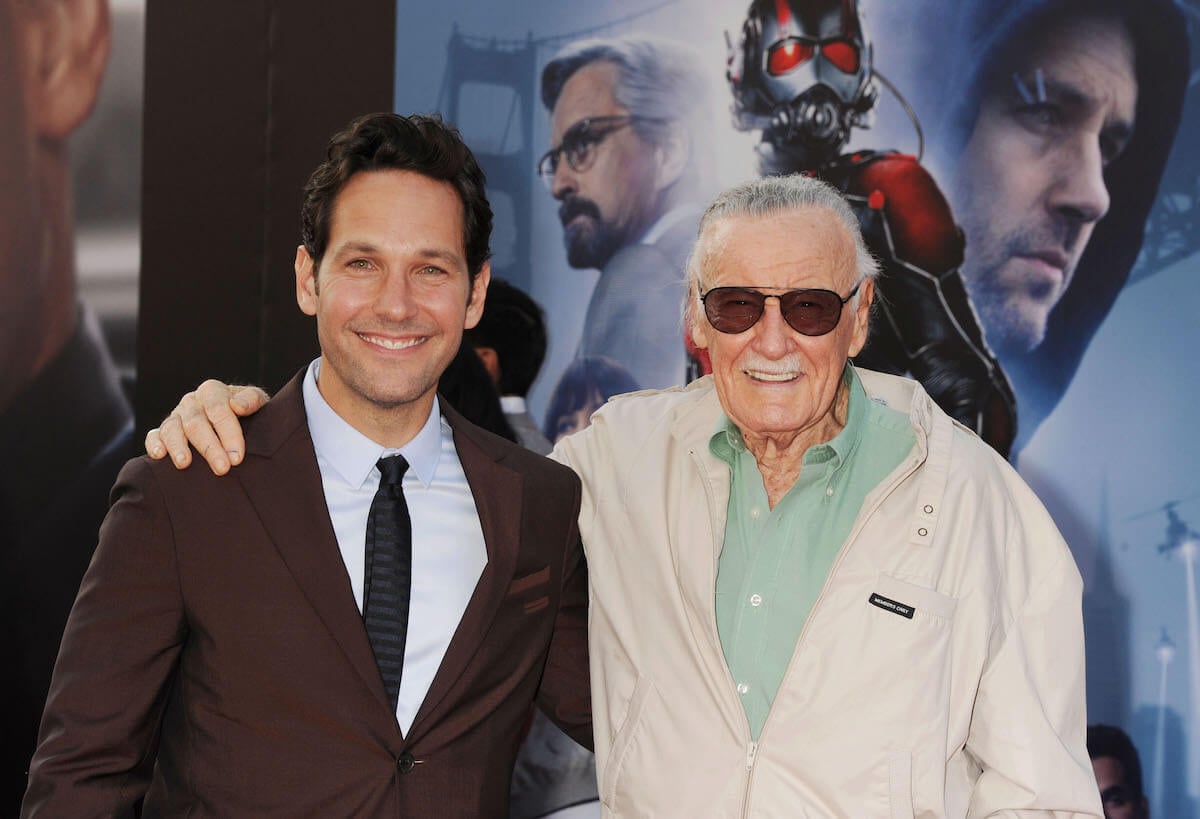
“One of the most incredible experiences I’ve had working on the Marvel films is getting to meet Stan Lee. And one of the things that he told me was how happy he was that they were making Ant-Man as a film,” Rudd said. “He felt in the comics, it was very tough to really gauge the scale. If you’re drawing Ant-Man, you can’t really draw other things at the proper scale. So audiences were going to finally see Ant-Man in the way that he always envisioned Ant-Man.”
The fact that Rudd and Lee met at all speaks to how strong the latter’s presence was for the cast and crew of these projects, even if only as a figurehead.
‘Quantumania’ continues the MCU’s downward trend
The first two Ant-Man movies were surprisingly enjoyable, partly because of the lower-level stakes compared to the other films.
Ant-Man and the Wasp: Quantumania inverts this dynamic for the worse, fully introducing Phase Five’s main villain but losing all of the charm that made Scott Lang and his crew entertaining in the first place, according to critics.
Quantumania is the latest misfire in the MCU’s recent output. Critics argue the plot spreads far too thin, the comedy attempts lack originality, and all of the special effects needed a few more months of work to get up to par. Some day the only bright spot is Jonathan Majors’ performance as Kang the Conqueror.
It’s not just critics who have problems with this movie. Word of mouth for Quantumania is bad for hardcore Marvel fans and casual moviegoers alike. After making $120 million in its opening weekend, the movie suffered a 69% decrease in ticket sales the following week, the second-largest domestic drop-off ever for an MCU movie.
After Phase Four failed to give people a coherent throughline to hold on to, another lackluster offering speaks to bigger issues surrounding Marvel’s production style.
